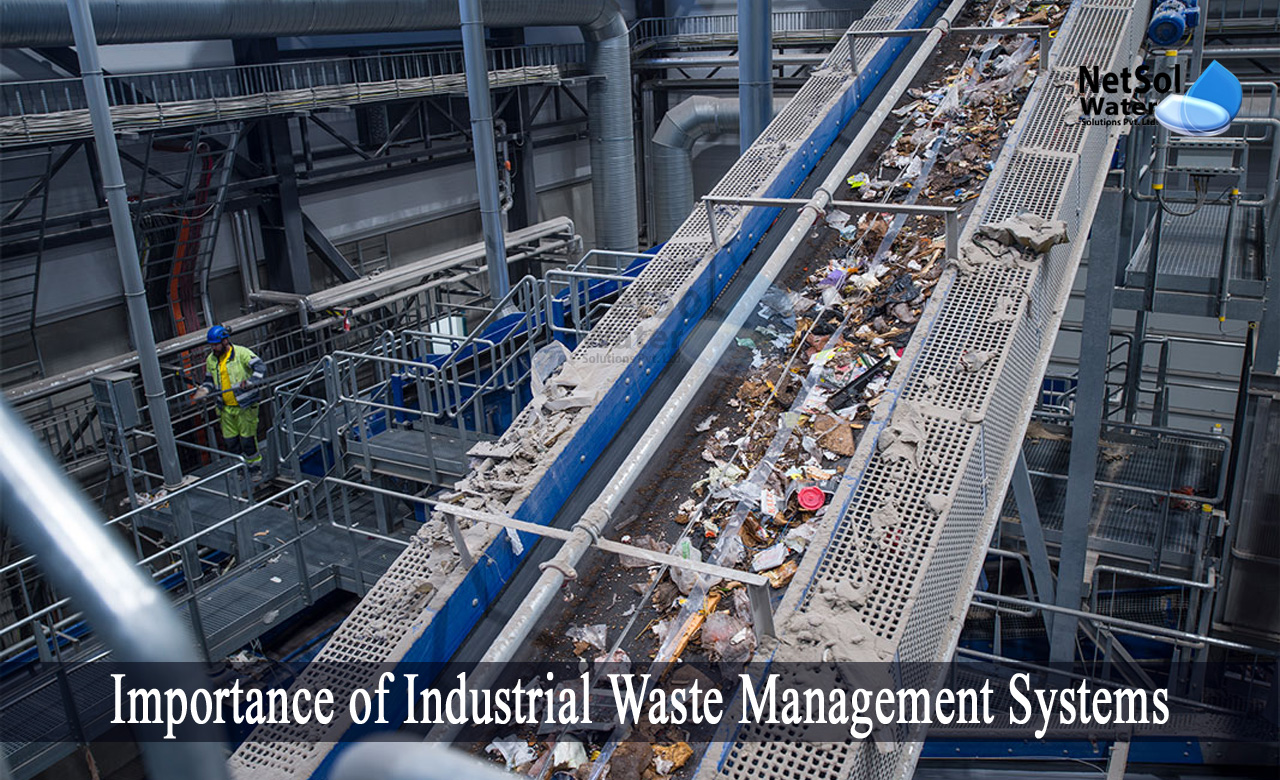The Definitive Guide to Reclaim Waste
Reclaim Waste Fundamentals Explained
Table of ContentsThe Buzz on Reclaim WasteGetting My Reclaim Waste To WorkReclaim Waste - TruthsThe 4-Minute Rule for Reclaim WasteGet This Report about Reclaim Waste
Discover the types, occurrences, and kinds of liquid waste. Domestic sewer waste describes the waste and products from a property sewage-disposal tank. This sort of waste is developed by human beings in residences, schools, and various other buildings. This only includes septic tanks that have a drainpipe area. The appropriate management and disposal of domestic sewage waste call for fluid waste to be transferred to a sewer therapy plant where the correct techniques and tools are related to detoxify and deal with waste.
Commercial waste usually includes prospective threats, such as combustible products or a combination of liquid and solid waste items, and needs an advanced and detailed disposal procedure. The disposal of industrial waste usually includes the filtering of waste prior to transportation to ensure risk-free and proper disposal. Hazardous waste is developed from byproducts and runoff of commercial processes and manufacturing.
This type of waste can not utilize the exact same sewage administration transportation or procedures as septic or commercial fluids. The commercial waste management procedure calls for the assessment and testing of fluid waste before it goes through the disposal procedure (liquid waste disposal melbourne). Runoff waste is the fluid waste that originates from overflow and excess stormwater in very inhabited areas or cities
Runoff waste can create contamination and flooding if not taken care of appropriately. Guaranteeing proper waste management can stop catastrophes and lower ecological injury.
Reclaim Waste Fundamentals Explained
Get in touch with PROS Providers today to discover our waste management and disposal solutions and the appropriate methods to look after the fluid waste you produce.
(https://soundcloud.com/reclaimwaste1)Do you know what happens to your water when you disengage, flush the bathroom or drain the washing machine? No? Well, it deserves recognizing. This supposed 'wastewater' is not only a crucial resource but, after therapy, will certainly be launched to our land, waterways or the ocean. Utilized water from commodes, showers, bathrooms, kitchen sinks, washings and industrial processes is called wastewater.

water made use of to cool down machinery or tidy plant and tools). Stormwater, a kind of wastewater, is runoff that moves from agricultural and metropolitan locations such as roofs, parks, yards, roads, courses and rain gutters right into stormwater drains pipes, after rain. Stormwater flows unattended directly to neighborhood creeks or rivers, at some point reaching the ocean.
Excitement About Reclaim Waste
In Queensland, a lot of wastewater is treated at sewer therapy plants. Wastewater is carried from domestic or commercial sites through a system of drains and pump terminals, recognized as sewage reticulation, to a sewage treatment plant. City governments build, preserve and run most sewer therapy plants. Operators are licensed under the Environmental Security Act 1994 to release treated wastewater at an appropriate ecological criterion into waterways.
The Department of Natural Resources encourages local federal governments regarding managing, operating and keeping sewage systems and therapy plants. In unsewered areas, city governments might need homeowners to install private or household sewer treatment systems to deal with residential wastewater from toilets, kitchens, bathrooms and laundries. The Department of Natural Resources authorizes the use of household systems when they are confirmed to be effective.
Many stormwater receives no treatment. In some new subdivisions, therapy of some stormwater to remove clutter, sand and gravel has actually begun making use of gross contaminant catches. Wastewater treatment takes place in four phases: Eliminates solid matter. Bigger solids, such as plastics and other objects mistakenly discharged to drains, are removed when wastewater is gone through screens.
Wastewater after that flows into huge tanks where solids clear up and are gotten rid of as sludge. Grease and scum are skimmed from the surface area. Utilizes tiny living microorganisms referred to as micro-organisms to break down and eliminate remaining dissolved wastes and anonymous fine fragments. Micro-organisms and wastes are incorporated in the sludge. Eliminates nitrogen and phosphorus nutrients that can cause algal flowers in our rivers and intimidate aquatic life.
6 Easy Facts About Reclaim Waste Shown
Nutrient removal is not available at all sewage therapy plants due to the fact that it calls for pricey specialized devices. It is coming to be extra usual in Queensland. Clear fluid effluent created after treatment might still include disease-causing micro-organisms. If this effluent is launched into waterways such as rivers or the sea, the micro-organisms will eventually pass away out.

Many wastewater moves into the sewerage system. Under the Act, neighborhood federal governments administer authorizations and permits for ecologically pertinent activities (Periods) entailing wastewater releases that could have a regional impact.
The Reclaim Waste Diaries
Otherwise, samples are taken for laboratory evaluation. Typically numerous examinations are needed to establish the levels of each of the different toxins such as oils, heavy steels and chemicals in water. Monitoring offers valid information about water quality and can verify that permit problems are being met. The information acquired via surveillance provides the basis for making water quality decisions.